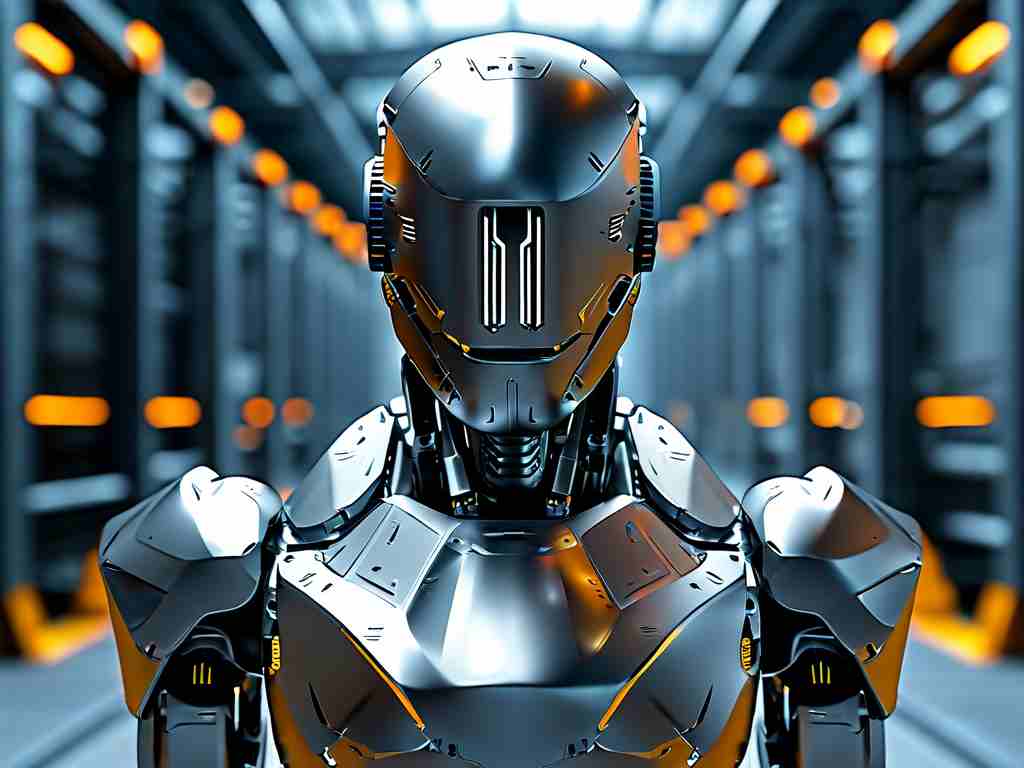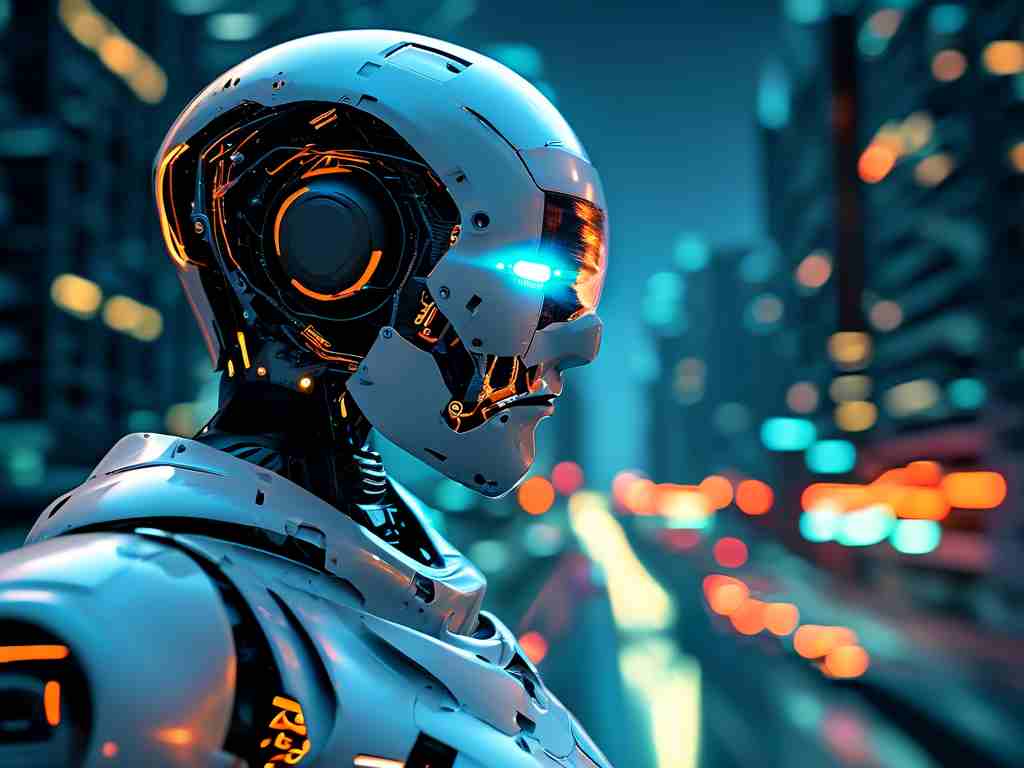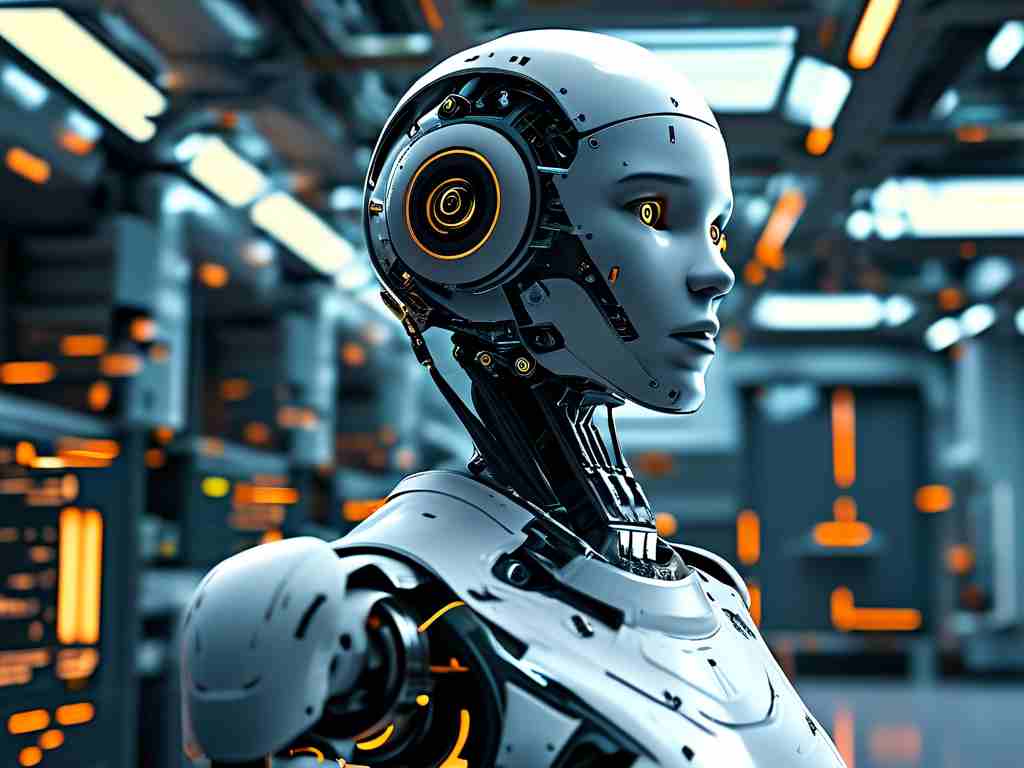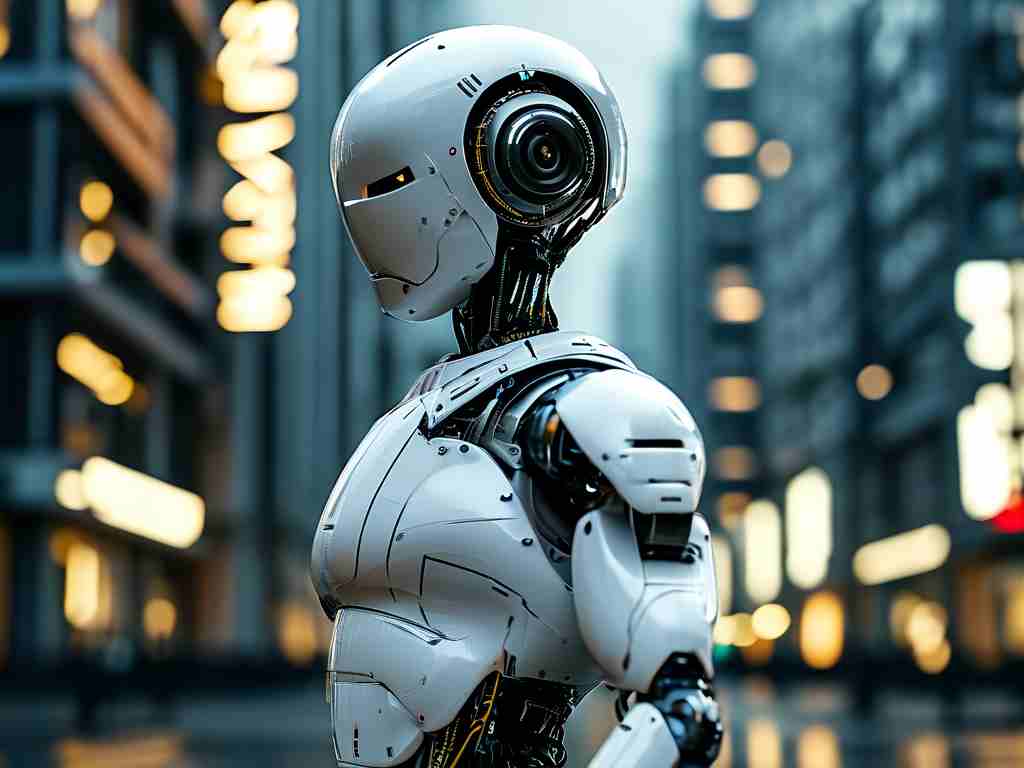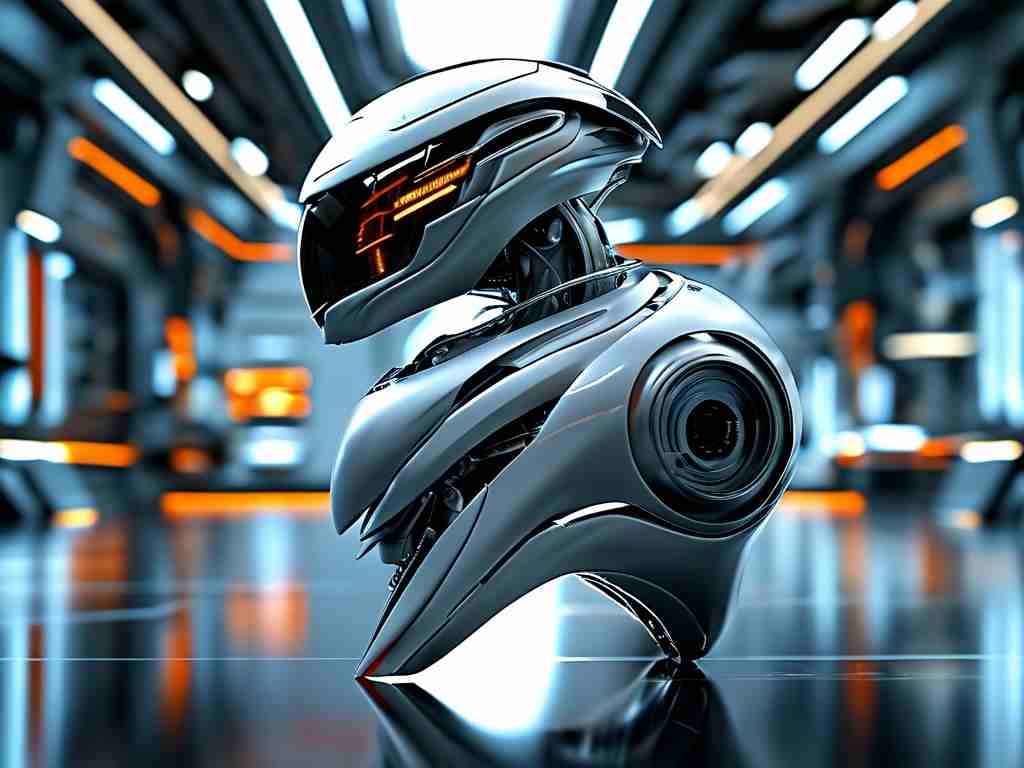The integration of intelligent logistics robots into global supply chains has become a cornerstone of industrial innovation. These advanced machines, powered by artificial intelligence and machine learning algorithms, are redefining how goods are stored, sorted, and delivered. Unlike traditional automation systems, modern logistics robots exhibit adaptive decision-making capabilities, enabling them to navigate dynamic environments while optimizing operational workflows.
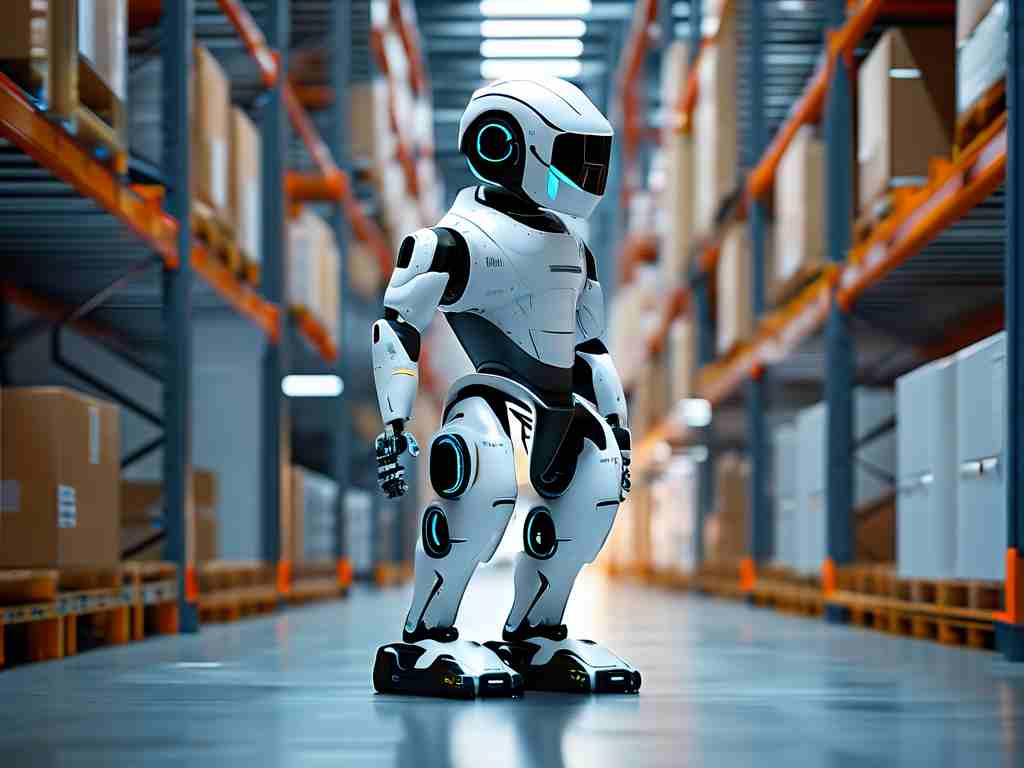
The Evolution of Warehouse Automation
Early warehouse automation relied on fixed conveyor belts and pre-programmed machinery, which lacked flexibility for real-time adjustments. Today’s intelligent robots, however, utilize sensor fusion technologies—combining lidar, cameras, and inertial measurement units—to perceive their surroundings in 3D. For instance, autonomous mobile robots (AMRs) at major e-commerce hubs can now reroute around unexpected obstacles while maintaining precise delivery timelines. A notable example is Amazon’s Kiva robots, which reduced order processing time by 75% in pilot facilities, demonstrating the tangible ROI of smart logistics systems.
AI-Driven Predictive Maintenance
One underappreciated advantage of intelligent logistics robots lies in their predictive maintenance features. Embedded IoT sensors continuously monitor mechanical components such as motor bearings and battery health. By analyzing vibration patterns and temperature fluctuations, these systems can alert technicians to potential failures weeks in advance. DHL’s implementation of such robots in European distribution centers reportedly cut unplanned downtime by 40%, translating to millions in annual savings.
Case Study: Cross-Border Shipping Optimization
A breakthrough application emerged when a Sino-European logistics provider deployed AI robots at customs checkpoints. Equipped with natural language processing, these machines autonomously verify shipping documents against international trade regulations. During a trial phase, the error rate in customs declarations dropped from 12% to 1.8%, significantly reducing cargo hold-ups. This innovation highlights how robotics can address complex regulatory challenges beyond mere physical transportation.
Ethical Considerations in Workforce Integration
While productivity gains are undeniable, the human impact requires careful navigation. Leading manufacturers like Siemens have adopted a "cobotics" approach—designing robots that collaborate with human workers rather than replace them. For example, wearable exoskeletons paired with inventory robots now assist warehouse staff in lifting heavy items, reducing workplace injuries by 62% in documented cases. Such symbiotic systems exemplify how technology can enhance human capabilities while preserving employment stability.
Environmental Sustainability Metrics
Smart logistics robots contribute to greener supply chains through optimized route planning. By calculating the most energy-efficient paths and load distributions, companies like FedEx have decreased fuel consumption in their fleets by 15%. Furthermore, solar-powered robots in Alibaba’s smart warehouses operate with a 30% smaller carbon footprint compared to traditional electric models, aligning with global ESG initiatives.
Future Outlook: 5G-Enabled Swarm Intelligence
The impending rollout of 5G networks promises to unlock swarm robotics capabilities. Experimental projects in South Korea already demonstrate synchronized fleets of 50+ robots collaboratively sorting packages with millisecond-level latency. This technology could revolutionize high-volume scenarios like holiday season surges, where current systems often bottleneck.
In , intelligent logistics robots represent more than mere automation—they embody a systemic transformation of global trade infrastructure. As these technologies mature, their convergence with blockchain for supply chain transparency and quantum computing for ultra-complex optimizations will likely create unprecedented efficiencies. However, success will depend on balanced innovation strategies that prioritize both technological advancement and socio-economic sustainability.


